The Unparalleled Power of Experiment
What’s a good scientist to do when your theory predicts something absurd?
“He who loves practice without theory is like the sailor who boards ship without a rudder and compass and never knows where he may cast.” -Leonardo Da Vinci
Imagine yourself back in history, a hundred years after Isaac Newton. His treatises on a variety of topics — mathematics, astronomy, gravitation, mechanics and optics — had been verified better than any other scientific disciplines in history up to that point.

Many of these fields had been further developed as well, and it was discovered that Newton’s theories not only served as a solid foundation for each of these fields, but that they often provided deep insights into the fundamental workings of the Universe when applied to new phenomena.
This was true for practically all of the aforementioned areas, but with one exception: the behavior of light.
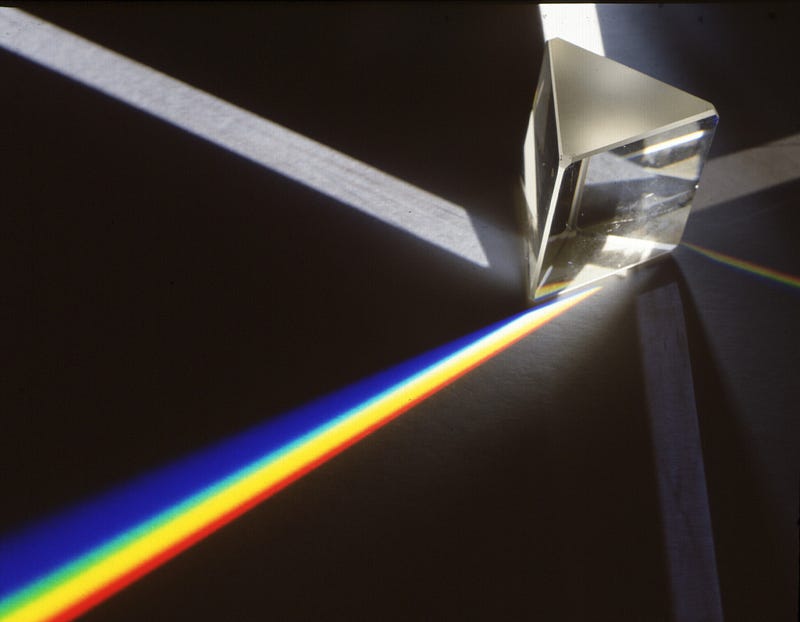
Newton was insistent that light behaved like a ray, refracting, diffracting and reflecting according to the laws he laid out in his important book: Opticks. Through this work, he was able to account for a whole host of phenomena, including the behavior of colors, all verifiable through experiment. Indeed, the first sentence of his book opened as such:
My Design in this Book is not to explain the Properties of Light by Hypotheses, but to propose and prove them by Reason and Experiments.
But 100 years after Newton, an experiment was performed that simply couldn’t be accounted for by Newton’s conception.
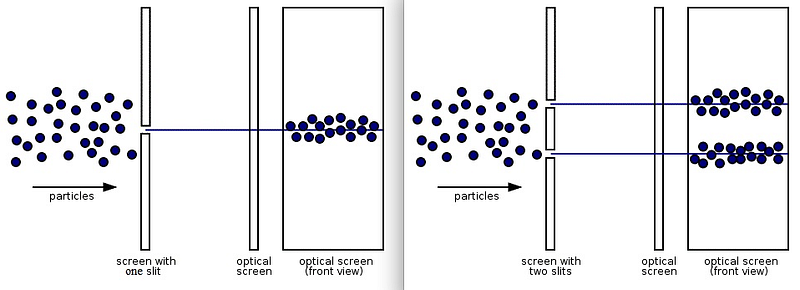
If you passed a beam of light through a single, narrow slit, you’d expect it to arrive on the other side, perhaps more intense towards the very center than at either end as you moved away. If you passed a beam of light through two slits, you’d expect two central peaks, each one fading away as you moved away from it. At least, that would be true if light were made of corpuscles, or particles.
But when the experiment was performed with these slits closely spaced together, you didn’t wind up seeing two peaks at all, but rather a great number of peaks, with dark spaces in between them.
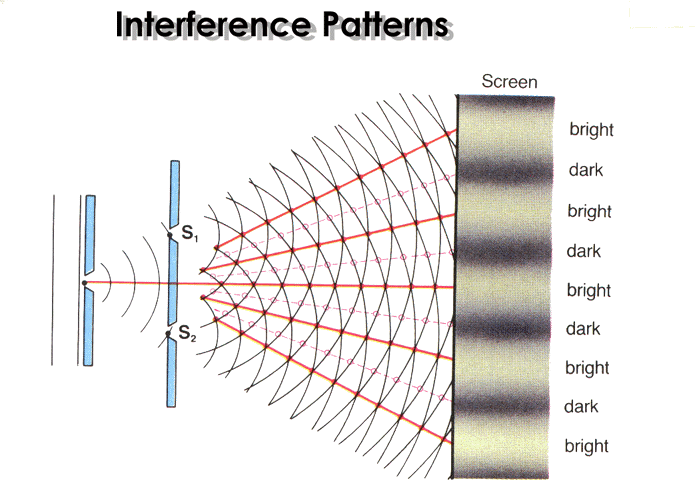
This sort of phenomenon could not be accounted for with any ray-based (or corpuscular-based) theory of light, but rather required that light fundamentally behaved as a wave. When Thomas Young performed his double slit experiment in 1799, he recognized that this type of phenomenon could only result if — as others such as Huygens had theorized before — light was fundamentally behaving as a wave. This same pattern of interference, with constructive peaks and destructive minima, was familiar to anyone that had performed the analogous experiment with water waves.
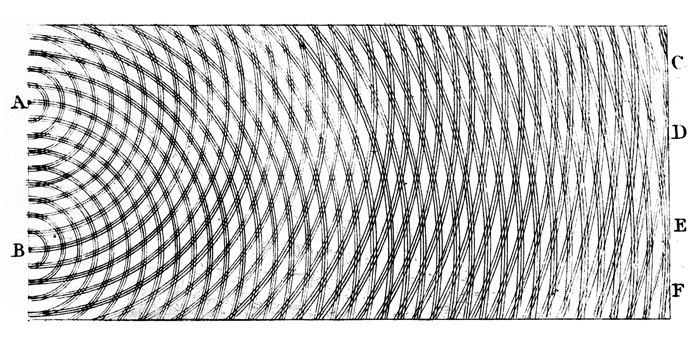
But light also appeared to have corpuscular (or particle-like) properties as well. Newton’s treatise on Opticks, after all, was able to explain how light reflected and refracted perfectly, without treating light as a wave. The new revelation — and the new experimental results — didn’t invalidate the older ones at all. Quite to the contrary, if light really were a wave, it should show up in all instances that a wave-like behavior ought to evidence itself.

So the top theorists of the time, many of whom were enamored with the infallibility of Newton, set out to see if the idea that light was a wave led to any predictions that were absurd.
And in 1818, that’s exactly what the famed French mathematician and physicist Simeon Poisson set out to do.
He imagined what would happen if he had a source of light that emitted a single wavelength — assuming it was a wave, of course — and that it spread out as it left the source until it encountered a spherical object. The light that hit the sphere would either be absorbed or reflected away, and what you’d be left with was a ring of light showing up on the screen behind it.

But if light were truly a wave, you would get some very bizarre phenomena, some that you might expect and some that’s completely unintuitive. You might expect that you’d get a series of light-and-dark fringes outside the sphere, similar to the interference pattern observed in the double slit. But what no one expected was that Poisson’s calculations showed that at the very center of the shadow on the screen, there should be a single bright point, where the wave nature of light all constructively interfered at the most unlikely of places.

How absurd! And so, Poisson elegantly reasoned that the wave nature of light was a ridiculous notion, and must be wrong.
But Poisson committed the cardinal sin of theoretical hubris: he drew a conclusion without performing the crucial experiment at all! The circumstances of this were particularly maddening: this was at a competition sponsored by the French Academy of Sciences to explain the nature of light, and the entrant who proposed the wave theory — Fresnel — was basically laughed out of the room by Poisson, who was one of the judges. But the head of the committee stood up for the entrant instead, and decided to do what a scientist must do in good conscience. François Arago, who later became much more famous as a politician, abolitionist, and even prime minister of France, performed the deciding experiment himself, fashioning a spherical obstacle and shining monochromatic light around it. The result?

The spot is real!
I myself have referred to this — like many others — as the Poisson spot in the past, but no longer shall I do so. From this point on, in honor of the scientist who actually put the science to the experimental test, it shall be known as the Spot of Arago!

What’s perhaps most amazing about this is that if you craft a perfectly circular obstacle, the intensity of light at the very center is actually equal to the completely unobstructed intensity, with small circular fringes around the spot itself!
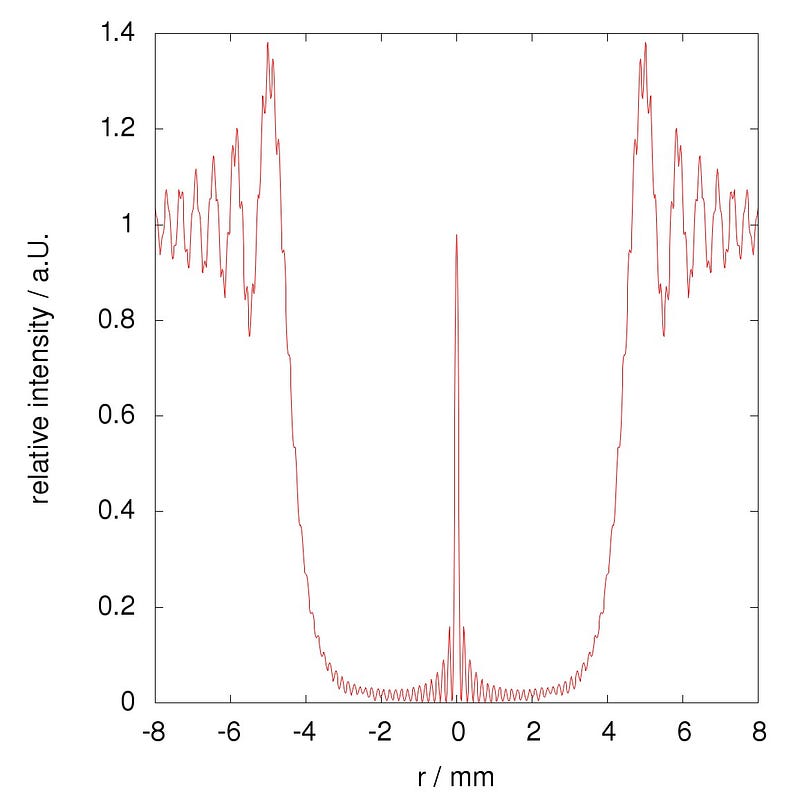
So the next time you run across what appears to be a theoretical absurdity, either because you believe such a thing must be so or cannot be so, don’t forget the vital importance of putting it to the experimental test! It’s the only Universe we have, and no matter how solid the footing of our theoretical predictions, they must always be subject to the scrutiny of unrelenting and continuous tests. After all, you never know what secrets the Universe will reveal about itself until you look!
Enjoyed this? Leave a comment at the Starts With A Bang forum on Scienceblogs!





